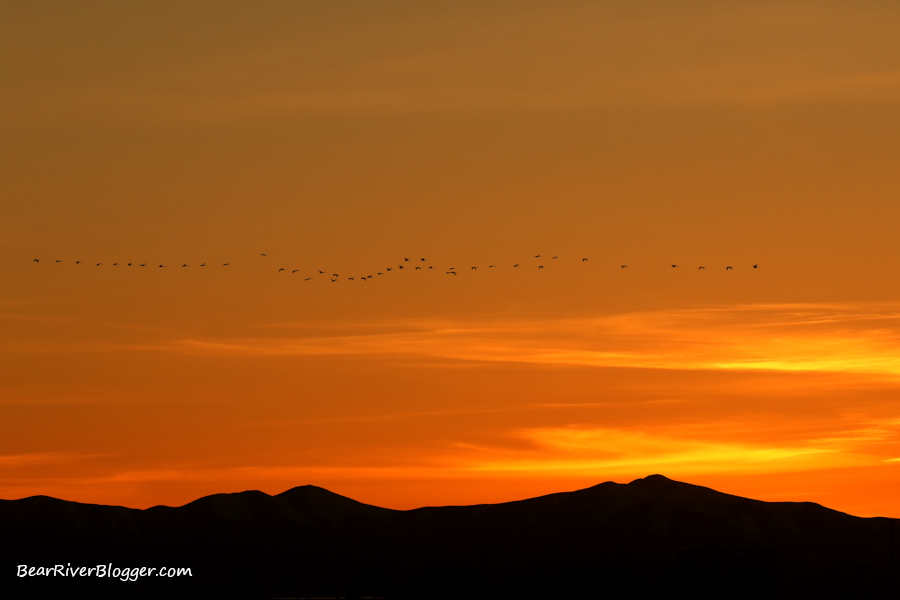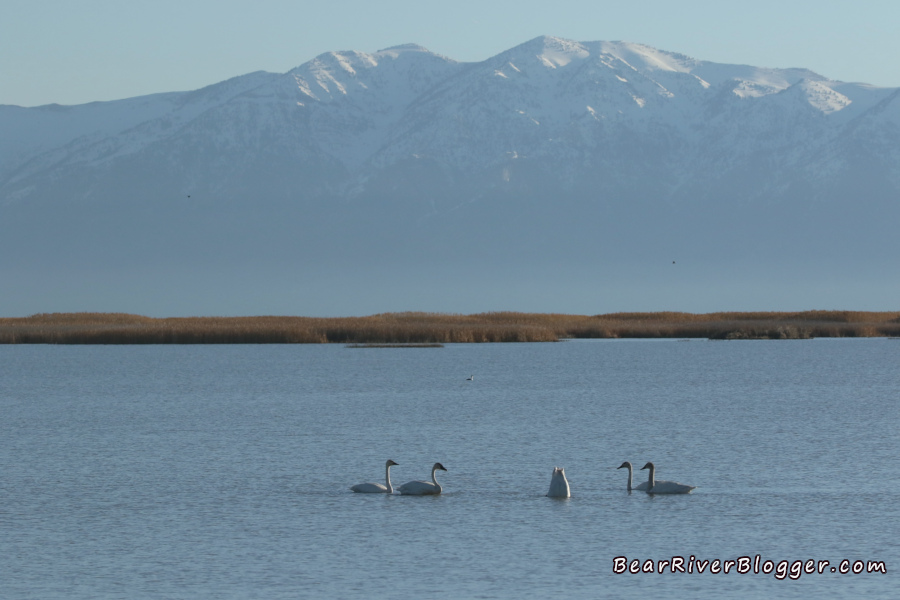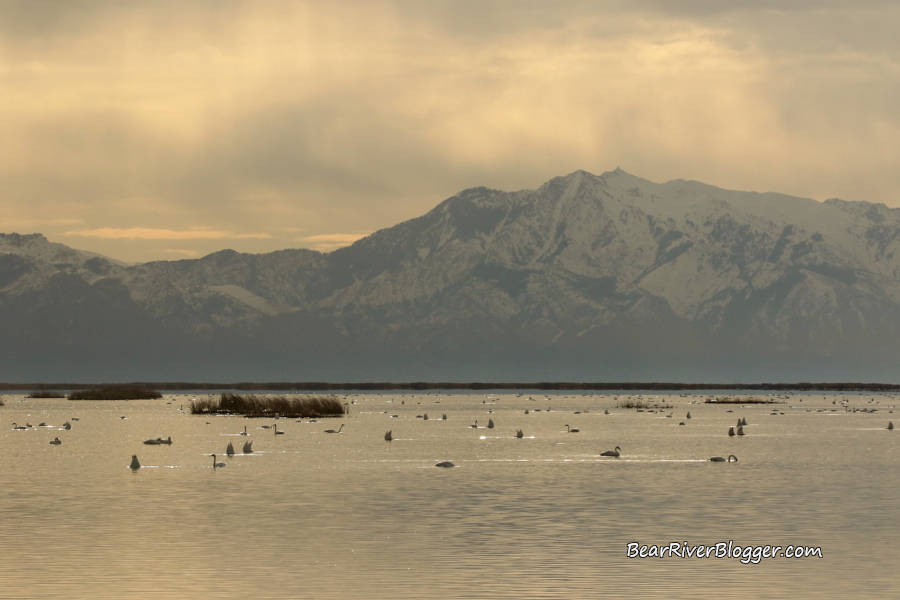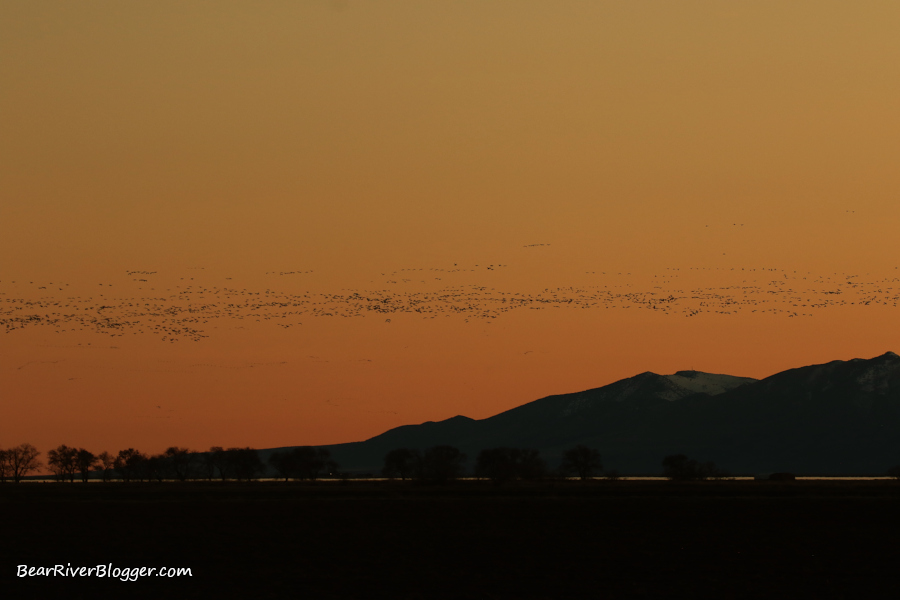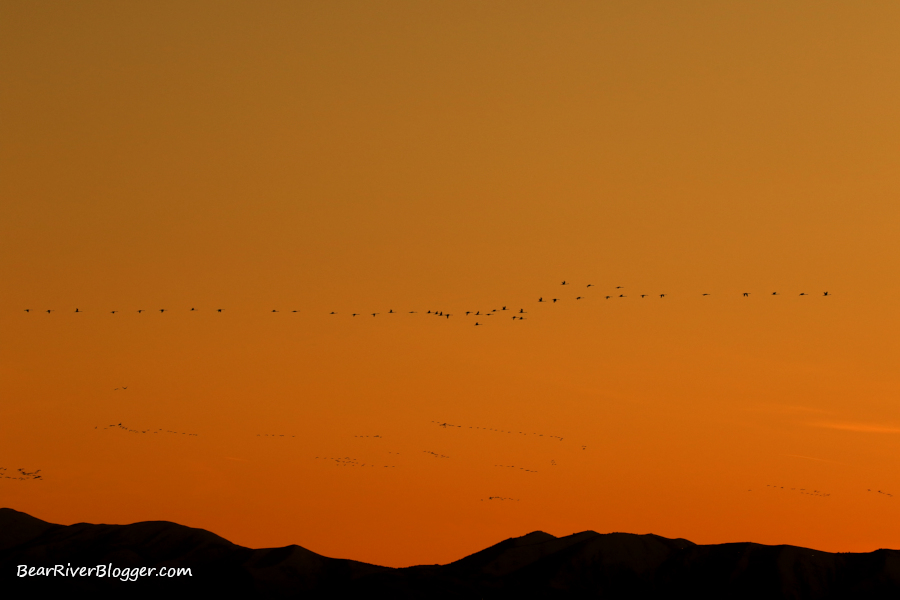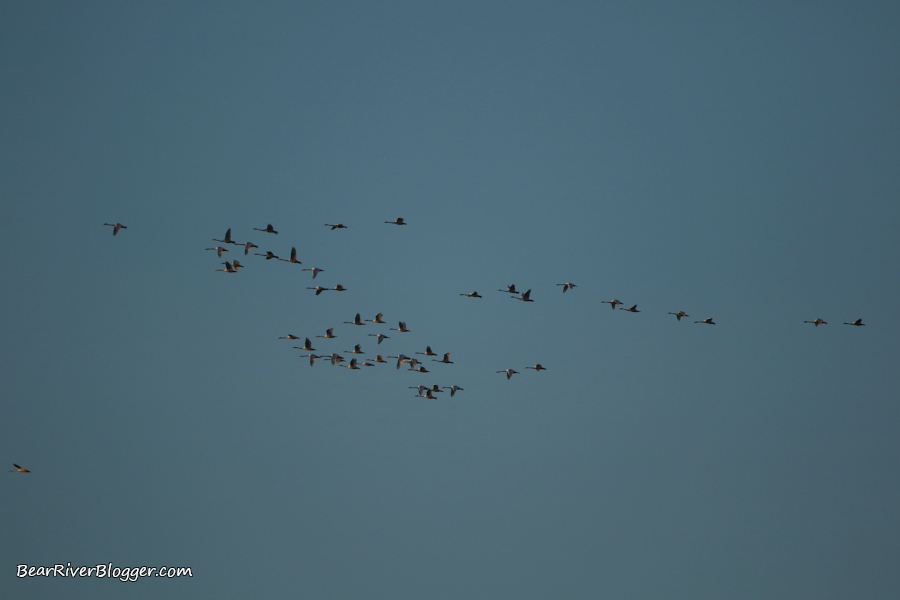I love the miracle of spring bird migration but, at least for me that is, there is a bitter and a sweet side to this natural phenomenon that enlightens us birdwatchers each year on the Bear River Migratory Bird Refuge auto tour route wetlands for a few weeks during March when the tundra swan migration is in full swing.
The sweet side of this miracle of nature pertains to driving out to the refuge auto loop in mid-February and early March as the tundra swan numbers are on the rise and every day I visit the icy wetlands I’m typically seeing more swans than the trip before.
Much of my winter photography on the bird refuge this past season was done in February when the refuge was still frozen and tundra swans were commonly found sitting on the ice close to the gravel road on the southwest corner of the loop.
This spring was certainly no exception when the combination of tundra swans and still frozen wetlands combined forces, making for some incredible and unique scenery to enjoy and photograph.
In fact, I am certain that some, if not all, of the tundra swans I was photographing in late January and early February never actually left the Bear River Migratory Bird Refuge during fall migration but stayed put on the refuge all winter long, a trend that seems to be gaining a little steam the past few years, at least from my own observation that is.
The bitter part I previously mentioned about spring migration is, however, what I witnessed last night and shown below in a short photo gallery, a mass migration of tundra swans that started just as the sun was getting close to setting around 7:30 pm and didn’t stop until well into the night.
It was quite a spectacular show to behold but, however, as I went around the bird refuge auto loop today, places where just yesterday had hundreds upon hundreds of tundra swans were, unfortunately, now completely empty.
In fact, I would say there might have been a few thousand tundra swans still on the refuge as of yesterday but today, after last night’s mass exodus, I only counted five on my trip around the auto loop.
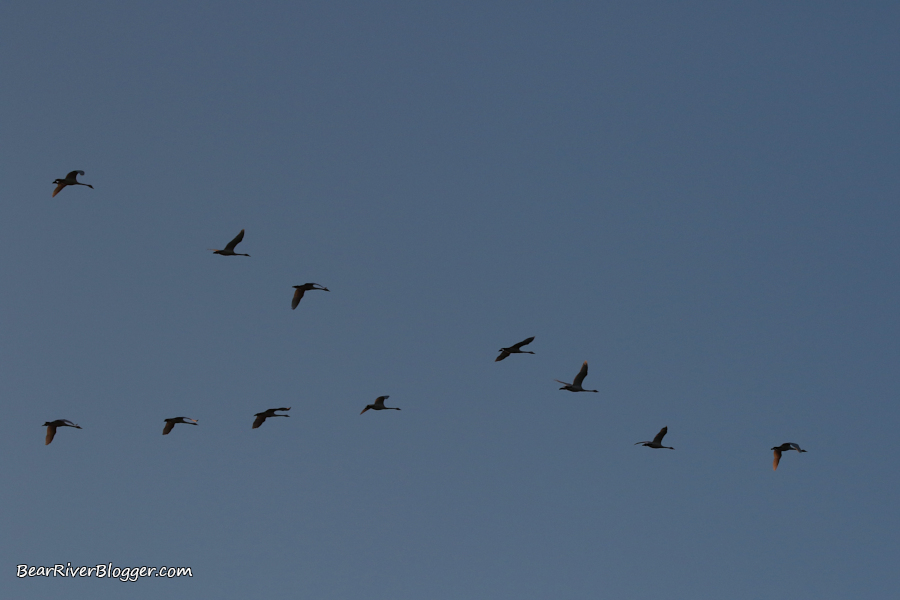
Last night as the migration started I was sitting in my house working when I heard, very loudly mind you, a flock of tundra swans fly right over my house in the traditional v-formation and it didn’t take very long afterward for the sky to be filled with small and moderately sized flocks of tundra swans heading north just as the sunset was starting to glisten.
Later that night, well after 10:30 pm, I could stand outside in the dark and hear tundra swans still flying by in the semi-lit sky from a partial moon showing overhead.
I’m not sure what simultaneously triggers such an event in so many swans all at once but there is one thing I am certain of, something that’s quite different from swans on the refuge not ready to head north, when tundra swans are actually migrating they are very vocal with one another, using their distinct calls to keep the flock together as it is very common for tundra swans to migrate at night.
I’ve only been privileged to see this mass migration a few times in all the years I have been going to the Bear River Migratory Bird Refuge and each and every time I am fortunate to witness it the exact same situation prevails, clear skies, a couple of seasonally warm days prior, and numerous flocks of swans that are very vocal as they head out and fly northward just as the sun is setting.
It was kind of a somber moment for me as I watched thousands of tundra swans leave the refuge wetlands, only to return this coming fall in November but the silver lining was, at least for a few more days or more, the migrating snow geese are still here and, as the swans were migrating out, a massive flock of snow geese was heading back to their wetland roost for the night.
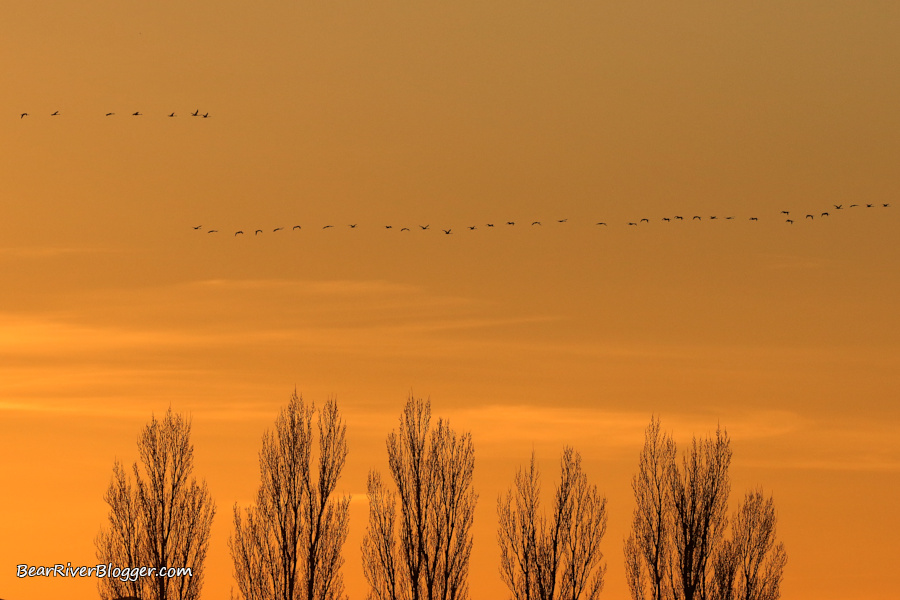
Soon, maybe days, maybe a week or two, the snow geese will also migrate further north on their way to the arctic tundra, similar to the swans, to breed for the upcoming summer months but for now, at least, I have the snow geese for a short while more.
That’s the compelling thing about bird migration, it is literally a here today, gone tomorrow proposition, especially when the topic is tundra swans on the Bear River Migratory Bird Refuge during March.
If you love birds and the miracle of migration as much as I do, I offer you to visit our subscribe page and sign up for email notifications for future blog posts where we share our love for both birds and nature through photography.
For those of you who use social media, I have also started a Bear River Blogger Facebook page you can follow where I post small and more frequent updates, photos, and other things of interest about the famous Bear River Migratory Bird Refuge and other natural places I photograph and write about here on this website.
Tundra Swan Migration Photo Gallery
(Tundra Swans Feeding In A Wetland. For short nature photography tips and interesting stories about the natural world around us, subscribe to our Bear River Blogger channel on YouTube for videos and updates from our travels while out in nature, both on and off of the famed Bear River Migratory Bird Refuge.)
